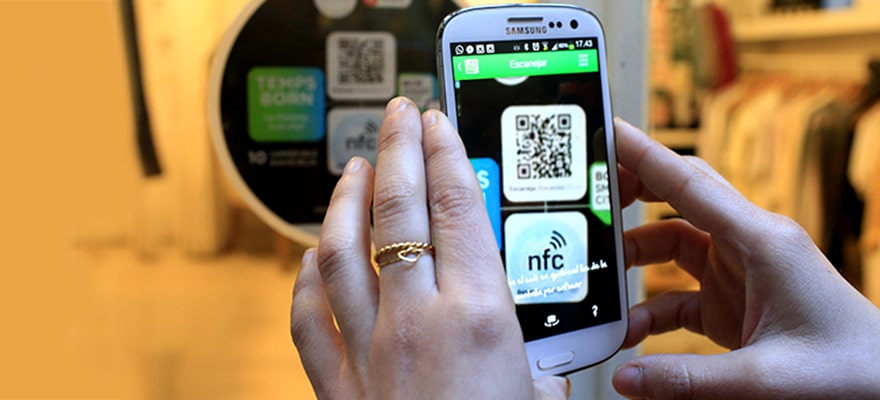There are a number of different directions the ecommerce and Payments industry could take in 2017. Perhaps the most obvious is a more globalized approach, one that would see a further expansion into emerging international markets.
To unlock the Asian market, register now to the iFX EXPO in Hong Kong.
In conjunction with the growth of ecommerce, a shift towards mobile devices is all but certain in 2017, more so than ever before, as well as an increased availability of the internet worldwide to help broaden economic opportunities for businesses and consumers alike. However, with these opportunities come inevitable challenges, not the least of which is the future of payments.
Emerging Markets
That untapped Holy Grail of industry, emerging markets were once all but closed to businesses given their barriers to entry and volatile nature. However, these markets have opened up over the last half a decade, creating a two-way street for market penetration and consumer demand.
Ecommerce has expanded into new markets on the back of internet availability, and the increasing popularity of mobile devices has helped introduce hundreds of millions of new consumers to the wonders of online retail and international commerce.
Moreover, retailers, travel companies, and marketplaces who entered these expanding markets quickly discovered that unlike in the digitally evolved US and European countries, credit card penetration rates in these countries was in the low double digits. This essentially limited their ability to reach the billions of people who wanted to buy their products and services.
It became pretty clear that these businesses needed to find ways to adapt to the local market dynamics and offer a variety of alternative payment methods tailored for each country. To answer this need, a new breed of cross-border payment platforms has emerged, offering a richer, market-specific mix of global payment options that deliver conversion rates as high as those in the developed world.
Unfortunately, we are far from the global ecommerce utopia. The following trends will fuel the next stage of growth for cross-border ecommerce and payments.
More Aggressive Regional Expansions
As hundreds of millions of emerging consumers have gotten online over the past five years, we’ve seen a number of new tech giants, such as Amazon, Airbnb and Uber, experiment in developing markets. They’ve launched targeted pilot programs in countries like Mexico, Brazil or Peru, but they haven’t heavily invested in the whole region.
This can be attributed to lags in understanding local buying and payment preferences, as well as testing new technology and offerings, and determining if and how to evolve their business models, and identify and vet payments technology partners that could help them along the way.
Now that they’ve worked out their paths for success in one or two countries and have gotten comfortable with the many peculiarities of selling online to underbanked populations, we will see these companies expanding more aggressively into the whole region.
The actions of these trailblazers will ease the path for other ecommerce players who have wanted to dip their toes in emerging markets, but until now de-prioritized their expansion due to many unknowns.

A Worldwide Market with Hyper-Localized Payment Preferences
As mobile infrastructure expands and the internet reaches an additional two billion people in markets where access was previously nonexistent, the payment methods landscape will only become more fragmented.
While we can expect a significant shift towards a few ubiquitous payment methods, it will happen gradually and may take as long as a couple of decades. In the meantime, merchants and payment platforms will need to support their global presence with a hyper-localized payment strategy, because even in developed markets like Slovenia, Poland, and Estonia, credit card access is hardly universal.
Making the Payment Process Invisible to the Consumer
It’s no secret that consumers are likely to spend more money and complete their purchases when they encounter fewer barriers to payment. Simply put, the fewer steps a consumer needs to make between intent to buy and purchase completion, the fewer reasons he has to change his mind.
That’s why online retailers have introduced the one-click checkout, and brick-and-mortar retailers have started to arm their sales associates with mobile PoS devices to check out shoppers directly in the fitting room. Amazon has taken the payment experience a few levels up with its dash buttons and voice-enabled ordering through Alexa, and Uber has elegantly blended it into its car ordering experience.
For consumers, if a specific online experience is too cumbersome, requires too many steps or proves to be unnecessarily complicated, they will shop elsewhere. This is particularly true for developing markets where there is an inherent distrust in the financial system, as well as suspicion of merchants who don’t have a strong brand name.
In the coming years, I expect merchants to put much more emphasis on delivering a stellar product and branding experience and shifting the payment process into something that happens behind the scenes.
The Growth of Payouts
The need for streamlining Cross-Border Payments has already started expanding beyond the typical use-case of consumers paying businesses for goods and services. In 2017, we will see an increasing need for businesses to pay providers as well.
As sharing economy services, freelancing platforms, and marketplaces continue to expand globally, they will need to pay contractors, freelancers, and suppliers in the local currency and in locally acceptable ways. And they will need to do this in a cost-efficient manner, in every market, and on a global scale.
This article was written by Sebastian Kanovich, Chief Executive Officer at dLocal

















